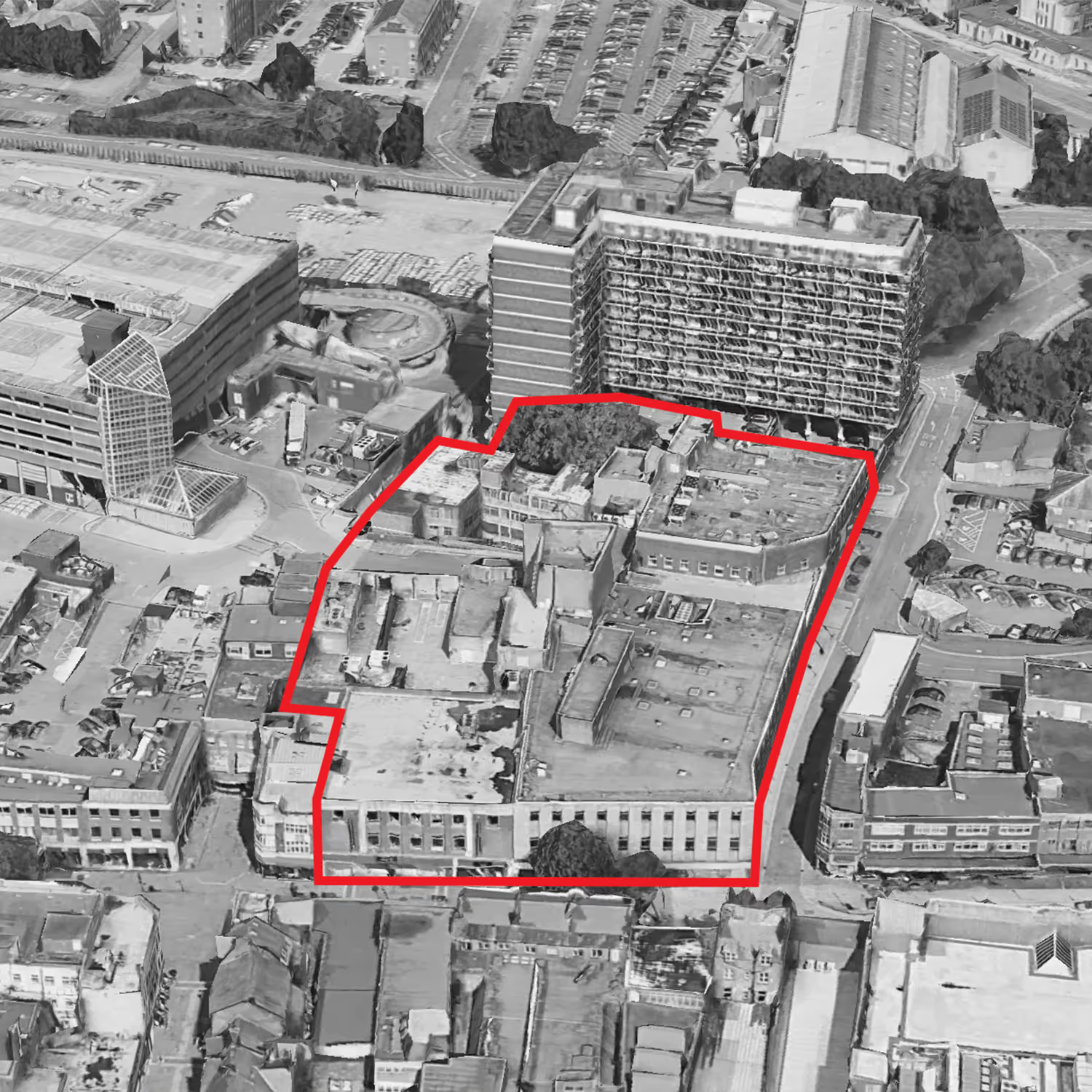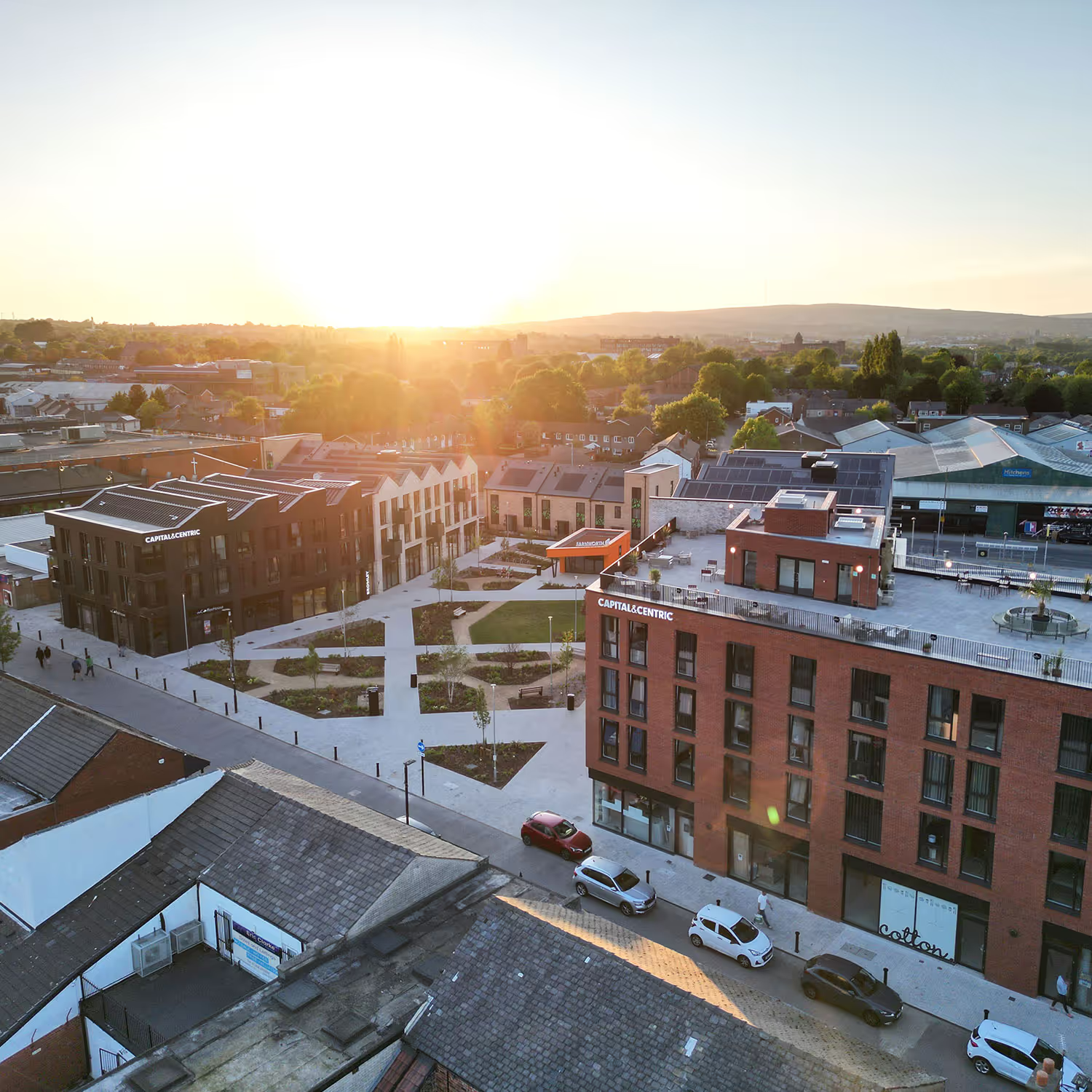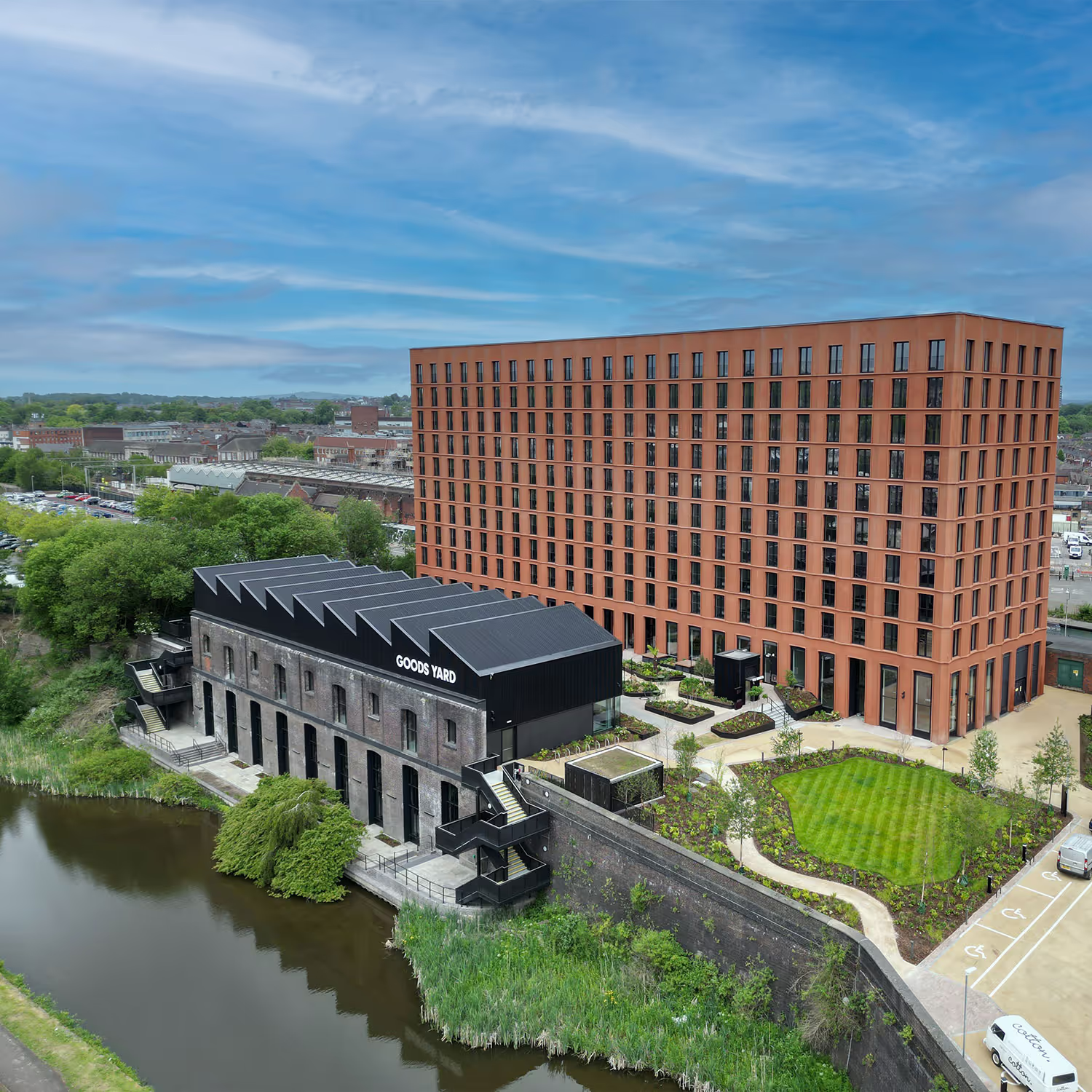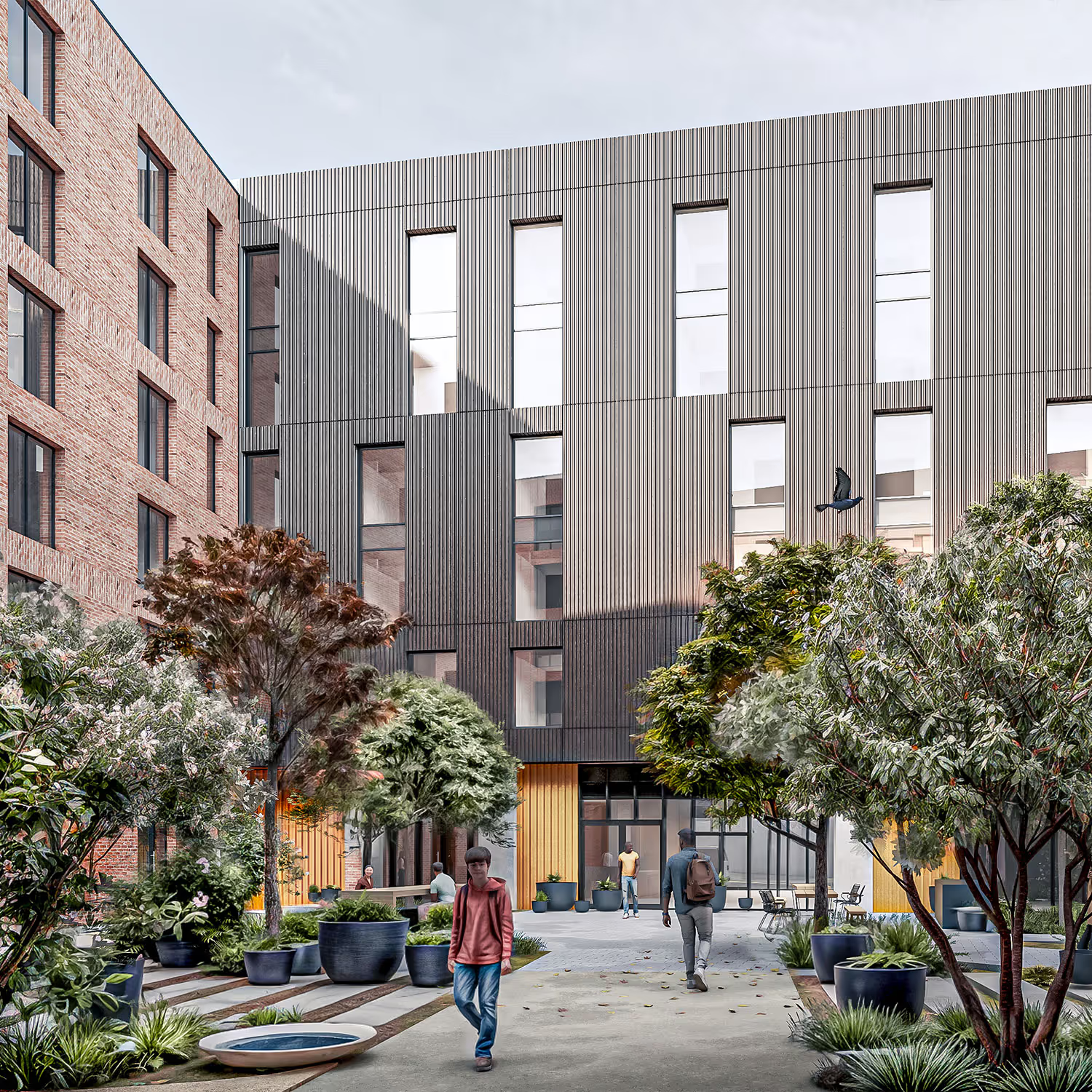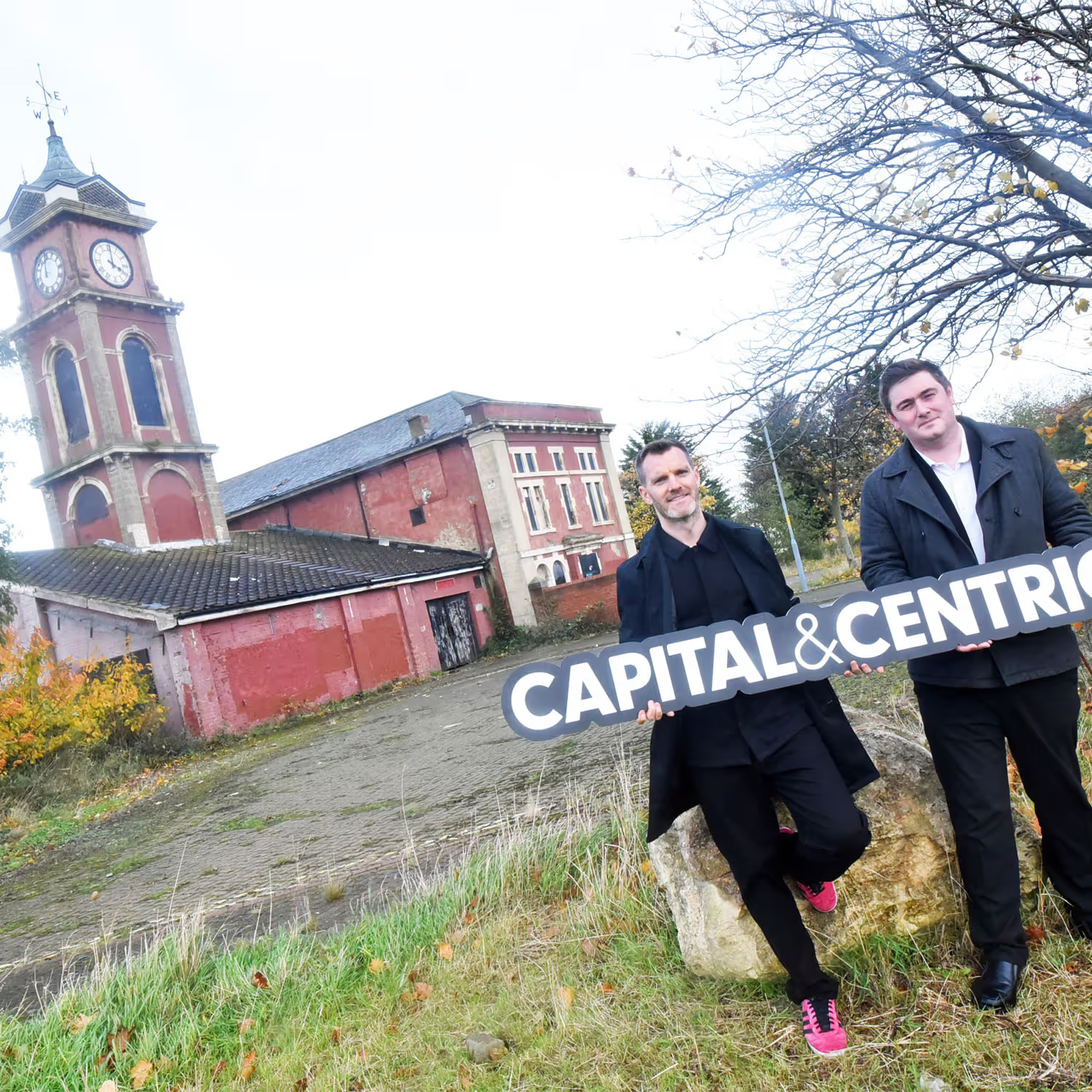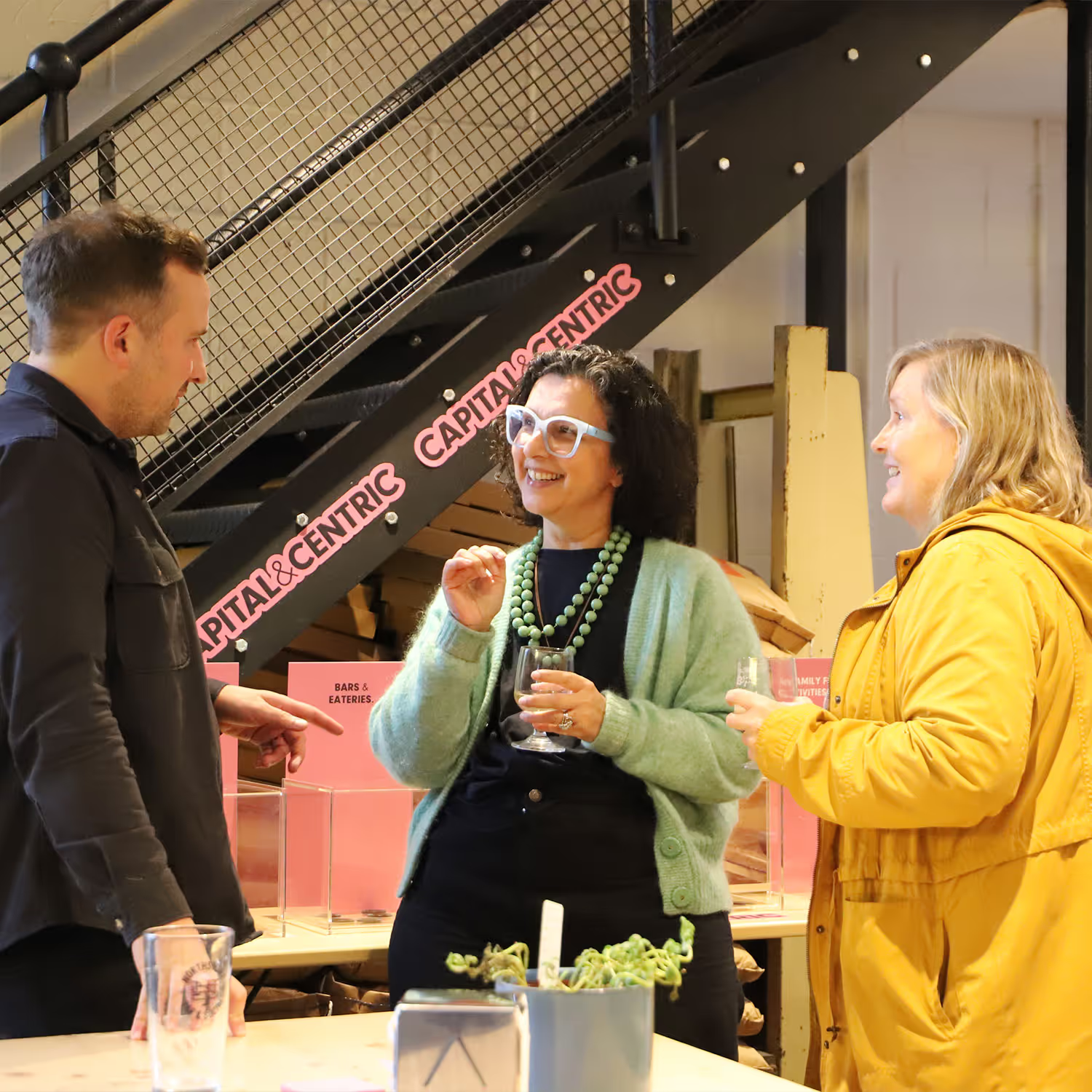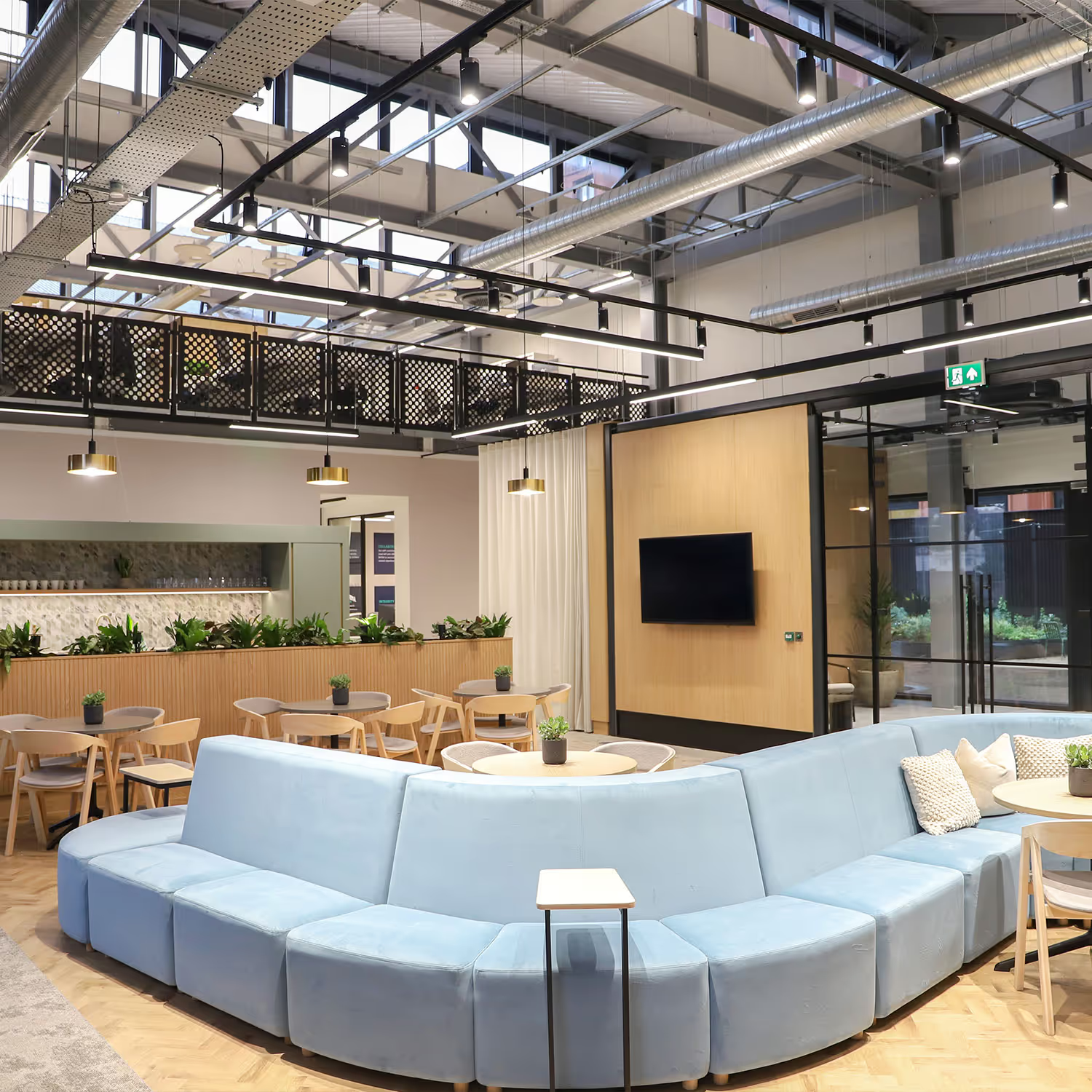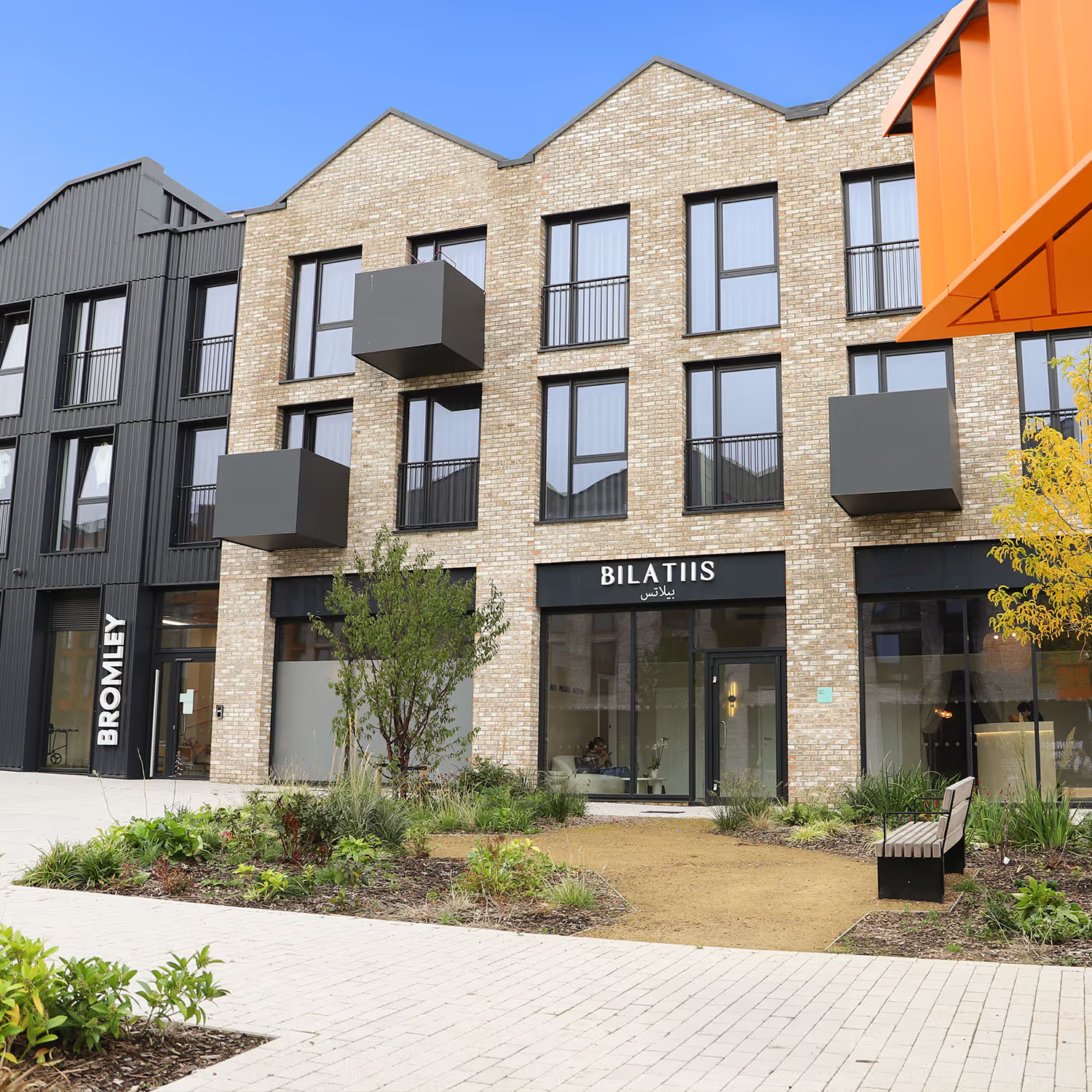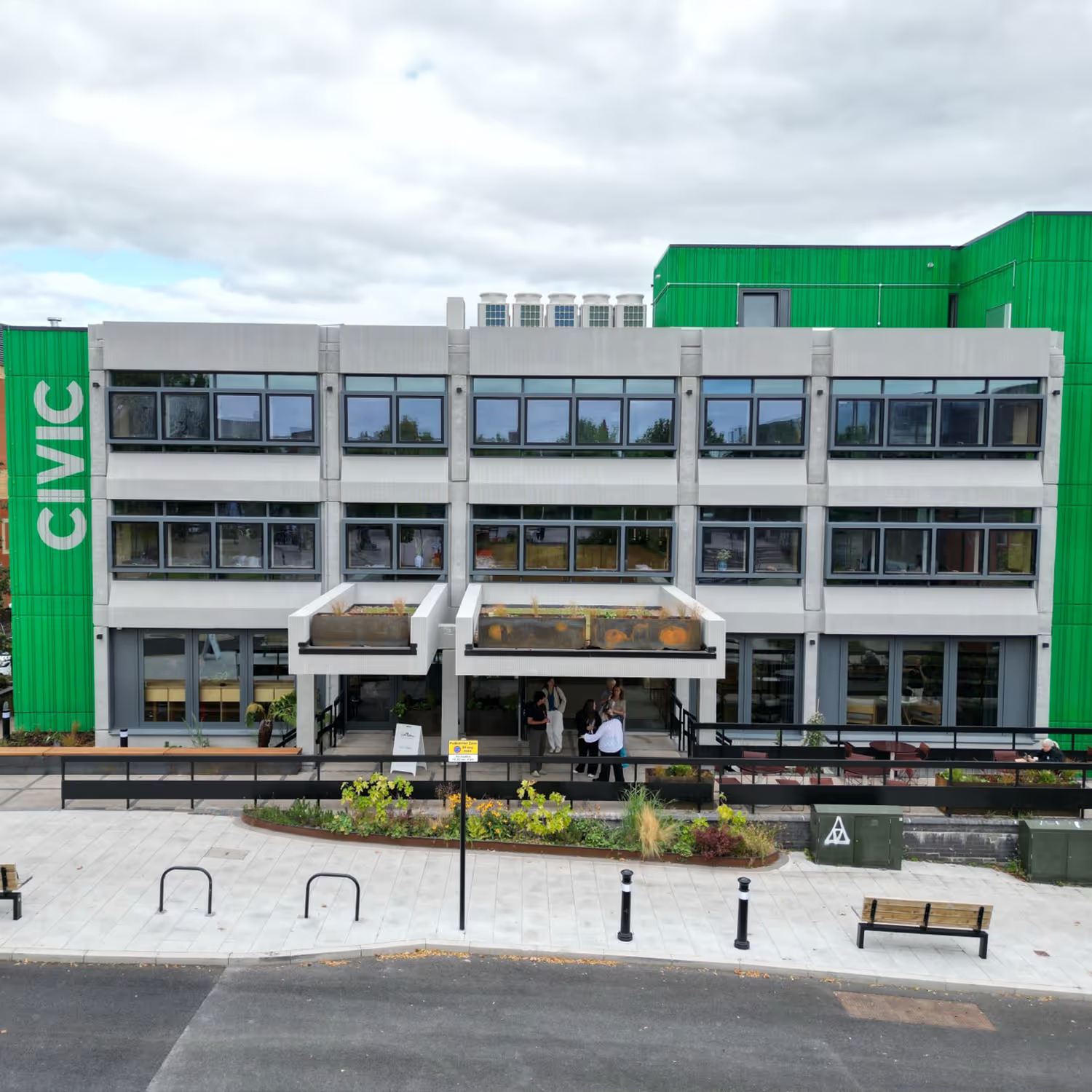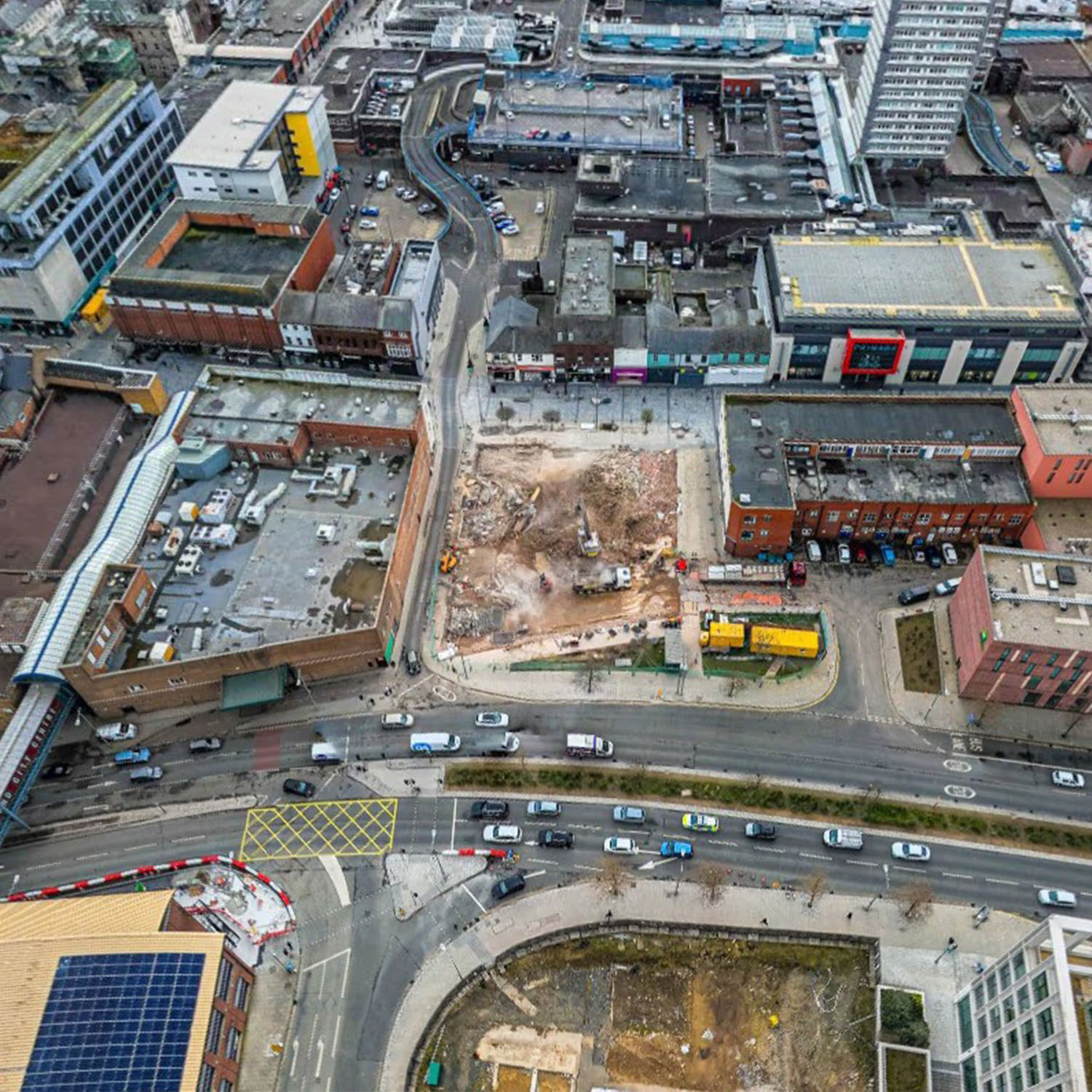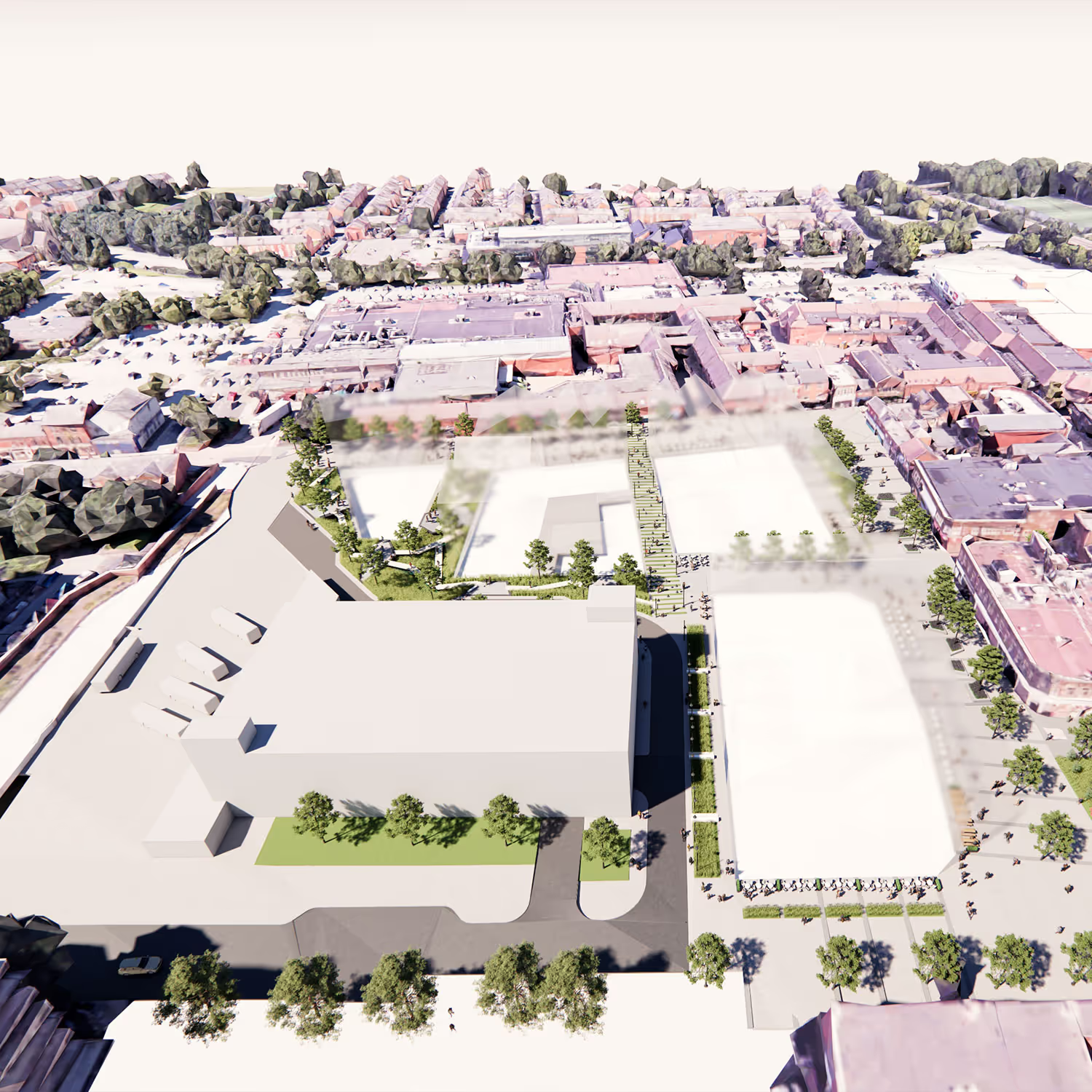Gentrification or Regeneration? The tussle is a symptom of city growing pains
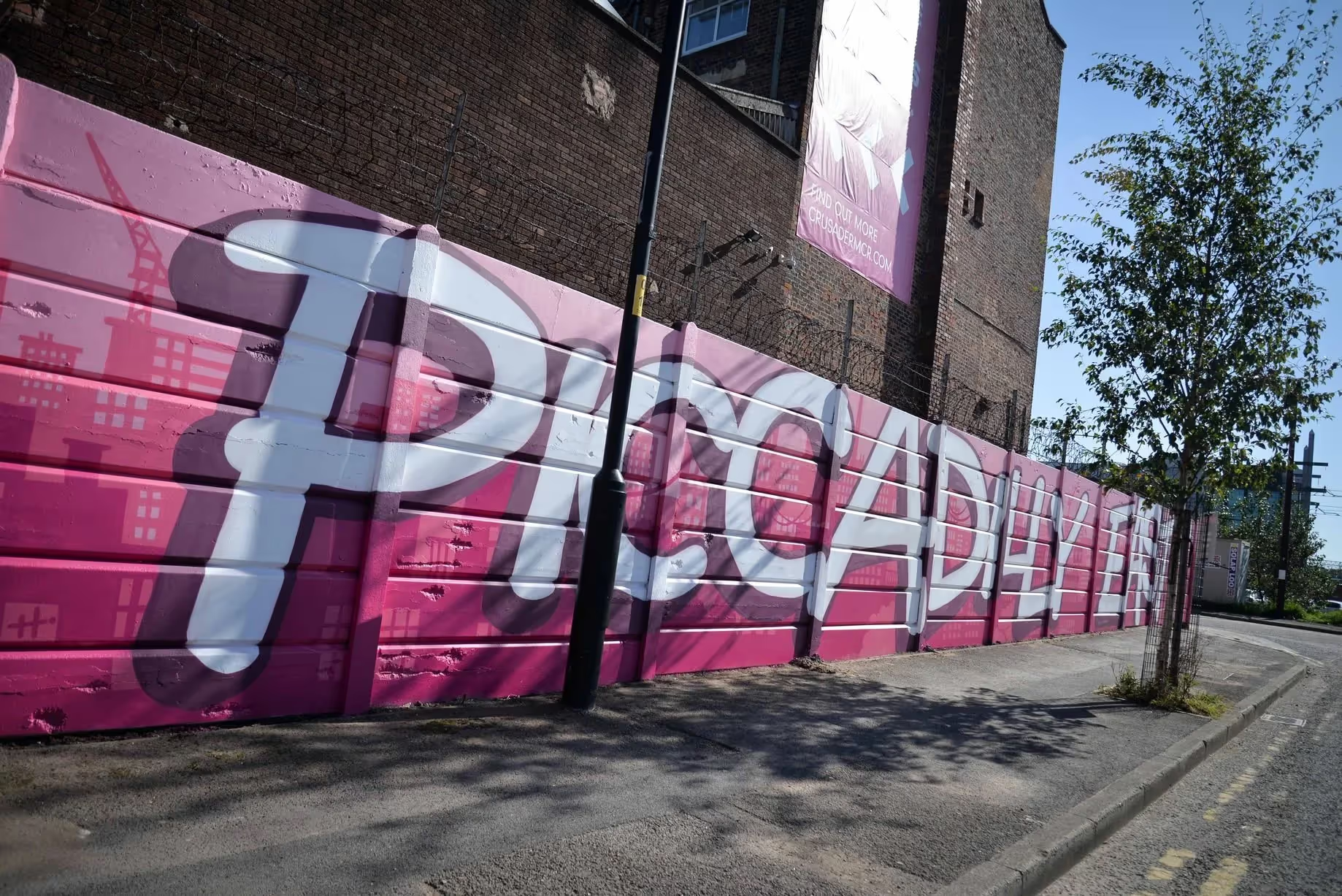
There’s one thing certain in life… change. Cities evolve and grow over the decades - living and breathing ecosystems that adapt to our shifts in lifestyles.
The big player in this growth is the built environment (the fancy term for the neighbourhoods where we live, work, and spend our lives.)
Anyone involved in the growth of these neighbourhoods knows it’s fraught with challenges and decisions, with a bunch of conflicting opinions on the best way to do it. Believe us, as property developers, we’ve heard most of them.
The one we hear a lot is gentrification – usually a combined with expression of fear of the impact of a changing urban landscape. Basically, regeneration done wrong.
But, done right, regeneration can create neighbourhoods where all elements of any community can build a life.
Whilst regeneration often focuses on making areas in decline into more attractive places to live, gentrification is often a term used to disparagingly reference new people moving into an area. In the growth of a major global city can you have one without the other? Does improving an area once starved of investment automatically make it more attractive for people to live there?
Are outcries of gentrification just a response to a place’s growing pains?
It's a fine line and one, as social impact developers, we’re always trying to tread. For us, there’s a few key things…
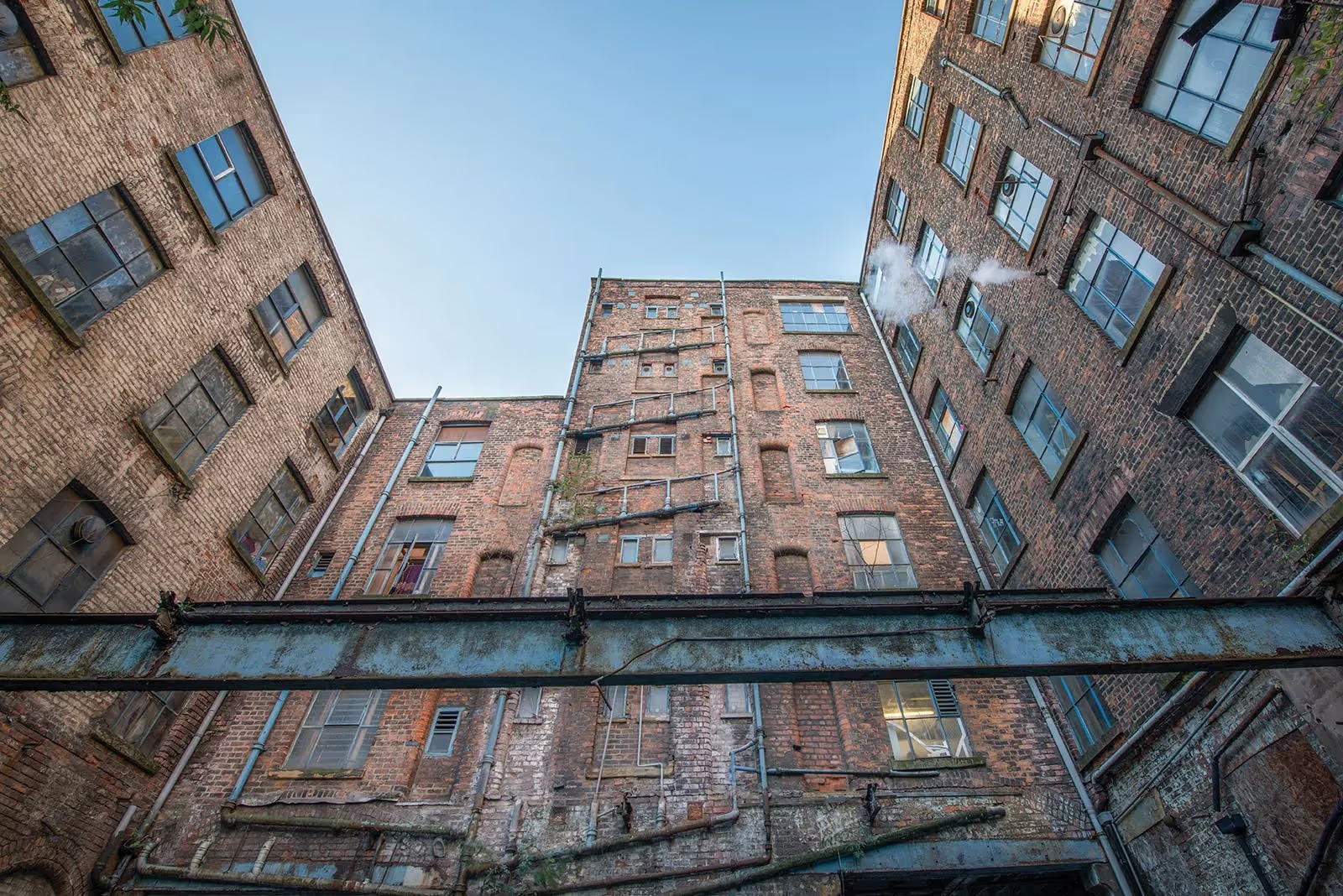
How and where a city grows
Manchester’s ‘slum clearance’ is well documented – the post-Victorian decimation of homes to make way for a promised better future. As a result of a sledgehammer approach to replacing thousands of decaying homes, families and communities were fragmented.
Today, the beauty of a city like Manchester is you can put away the sledgehammer. There’s old, empty, decaying buildings that can be restored and derelict plots that can be developed. Careful and considered regeneration of these spots is a far cry from the demolition of low quality, but cheaper housing – or gentrification by brute force.
Take a place like Piccadilly East, the city neighbourhood behind the station. It’s a hodgepodge of buildings and uses, from industrial buildings (some in use, some not) to our new hotel, from heritage buildings to derelict plots, to large employers and a Red Light district. It’s a wonderfully diverse place, authentically Mancunian, where communities are co-located, new and old.
It’s an example of an area that, was always at some point, going to be part of the city’s growth story. We wanted to be the ones to do it. Which brings us to our next point…
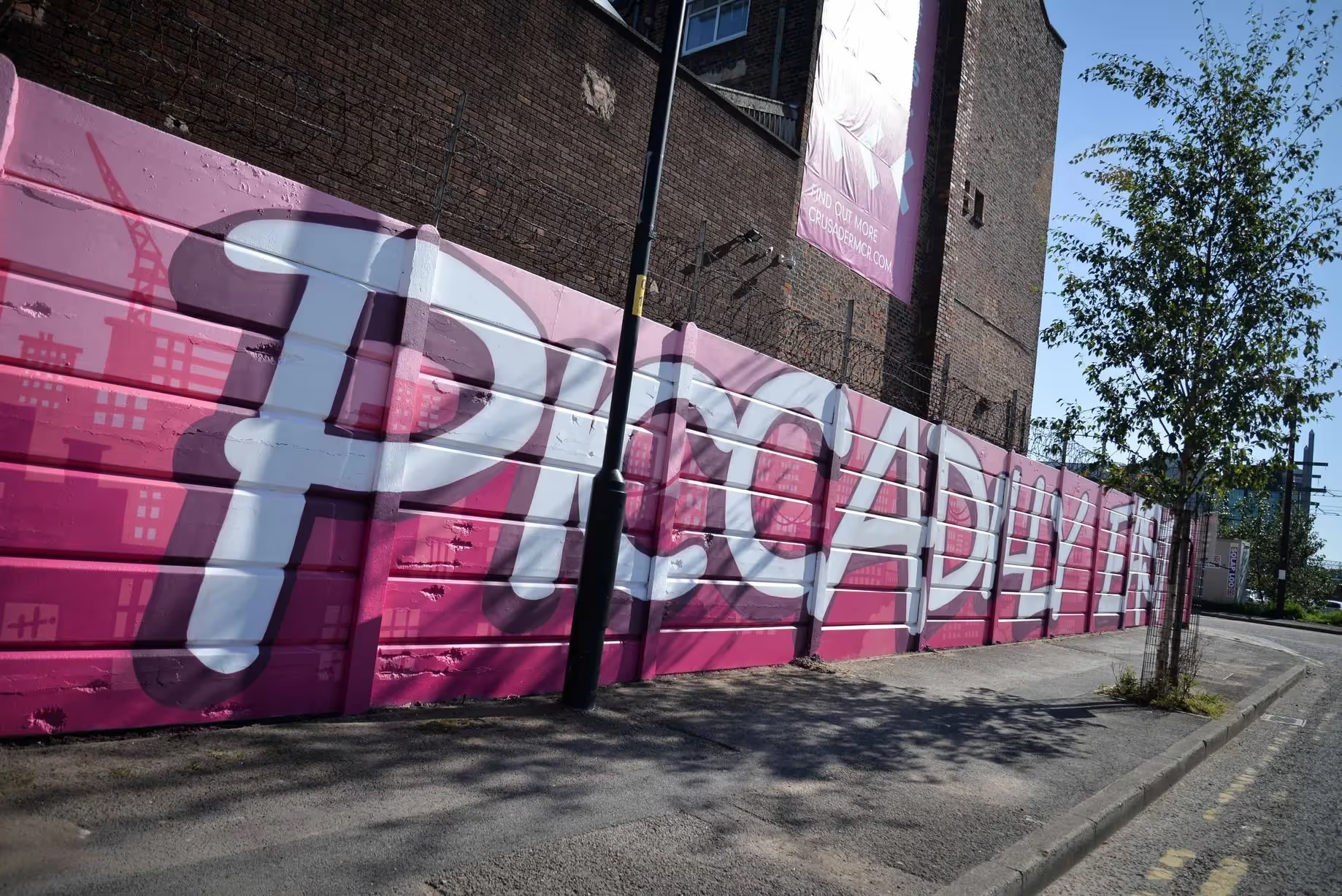
What you keep and what you change
How and what is developed is critical to creating communities that are inclusive and welcoming, not sterile and gentrified. Followers of Capital&Centric will know that we’ve always shone a spotlight and actively celebrated the past and present of the places we work.
Whether that’s the colourful characters of centuries ago, the historic bones of the buildings we restore, or the melting pot of uses that make the community what it is today. It’s something that drives not only our design decisions, but why we get up in the morning.
The worse thing we could do is steamroll such structures and existing communities, ripping the people and heart out of gritty, established place that attracted people to the city in the first place.
Our challenge, through design and investment, is to make places more accessible, more attractive, safer. But not homogenous or lifeless.
In Manchester’s Piccadilly East we’re doing this in a considered way. We kept everything we could in the historic Crusader Mill, creating new design-led homes that we sold only to people who wanted to live there (not investors). In the meantime, we brought people to the area through pop-up taprooms for local breweries, street art showcases and charity events. Giving people a reason to come and see a part of the city they may have seldom ventured, while showcasing homegrown talent and enterprise.
We achieved all this without disrupting the existing life and soul of the area, which makes it edgy and authentic.
Elsewhere, we’re opening up a new plant and tree-lined street called Fletcher Street between our two buildings – Crusader and Phoenix – with new lights and greenery. Our planned neighbouring Ferrous building will have a street level pocket-park, open to the public, with lush planting, seating and a cabin to support community events and pop-up residencies for fledgling businesses.
Round the corner, the Jenga-inspired Leonardo Hotel we built is getting tourists experiencing and spending money in the area, as well as introducing some much-needed greenery into the once heavily industrial spaces. We’re also looking at creating some workspaces nearby too.
These changes have been incremental, sensitive to what’s there already and happened over years. They too have focused on derelict spaces or plots.
Others are now following, with more out-of-use buildings set to house cultural destinations that will get more people spending their time in Piccadilly East. In just a few years, the area once categorised by fairly dark and abandoned streets in between industrial units is starting to see more people visit and build their life there.
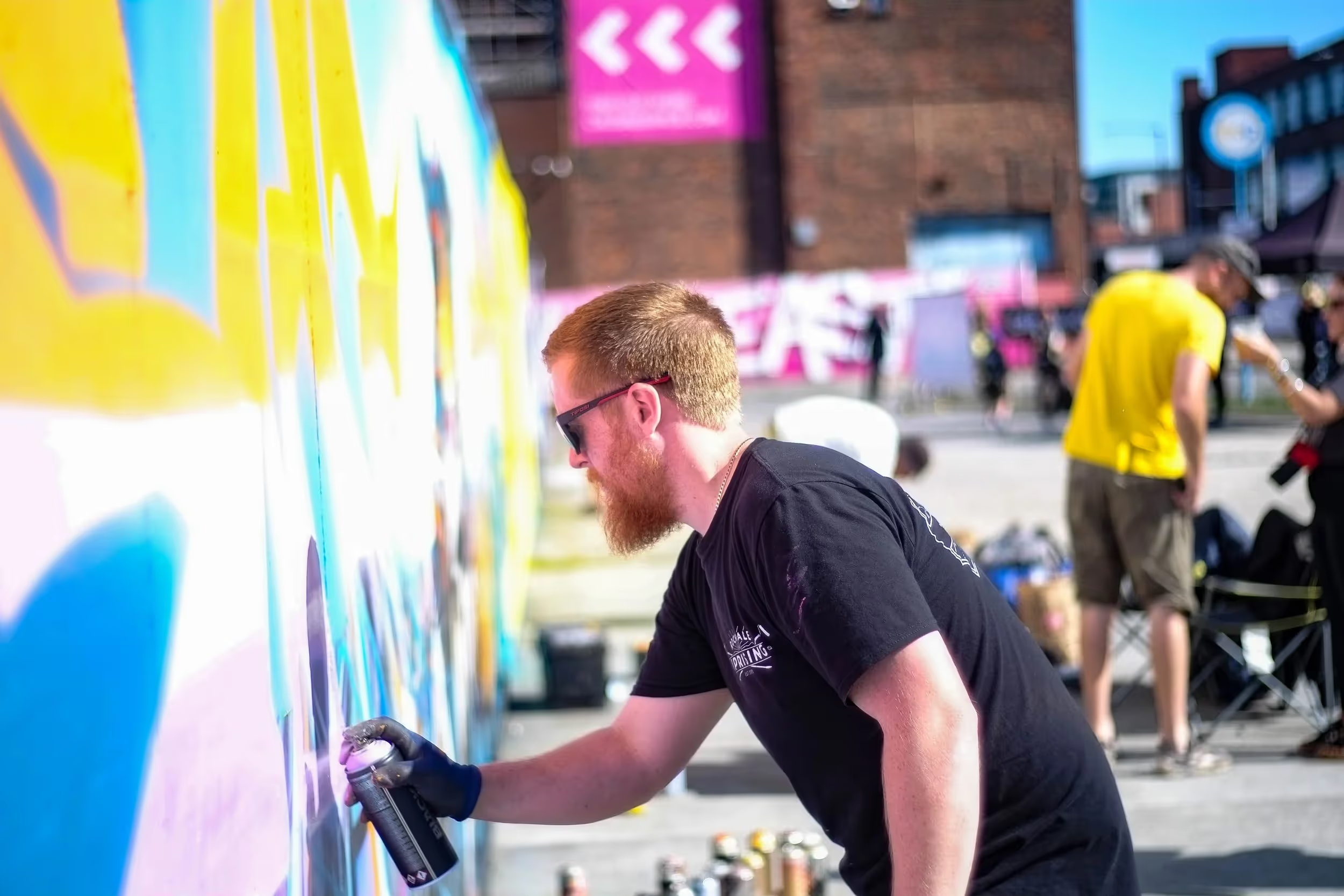
The pace at which change happens
You can’t shy away from the fact that change can be uncomfortable. If we’ve done our job well, these communities will want to remain.
Key to the whole thing is about carefully managing the pace of change to ensure individuals and groups have time to adapt and are supported to do so.
When we acquired Crusader Mill it was home to the then 100-strong Rogue Artist Studios, who’d leased the 1830s building as artist studios for over a decade. Whilst they loved the building, it was decaying in front of their eyes and, frankly, was in places a dangerous place to be working.
We worked really closely with the studio to help them lock-in their long-term future, working with the Council to secure a former school building in Openshaw. It’s a fantastic home and they’ve gone from strength to strength as a result.
Were they displaced? Yeah. BUT, Crusader as a long-term home wasn’t sustainable. We gave them lots of help, support and time to adjust and actively worked together to find a better, more secure future.
It’s the same ethos we’re working on for some of the charity work we do. Embassy Village – to make use of disused railway arches – will see a safe community built to help homeless people back on their feet, into work and managing their own homelife. Is this a change their current situation in the city? Yeah. But it’s one that makes creative use of derelict space in the city to address the changing needs of its communities.
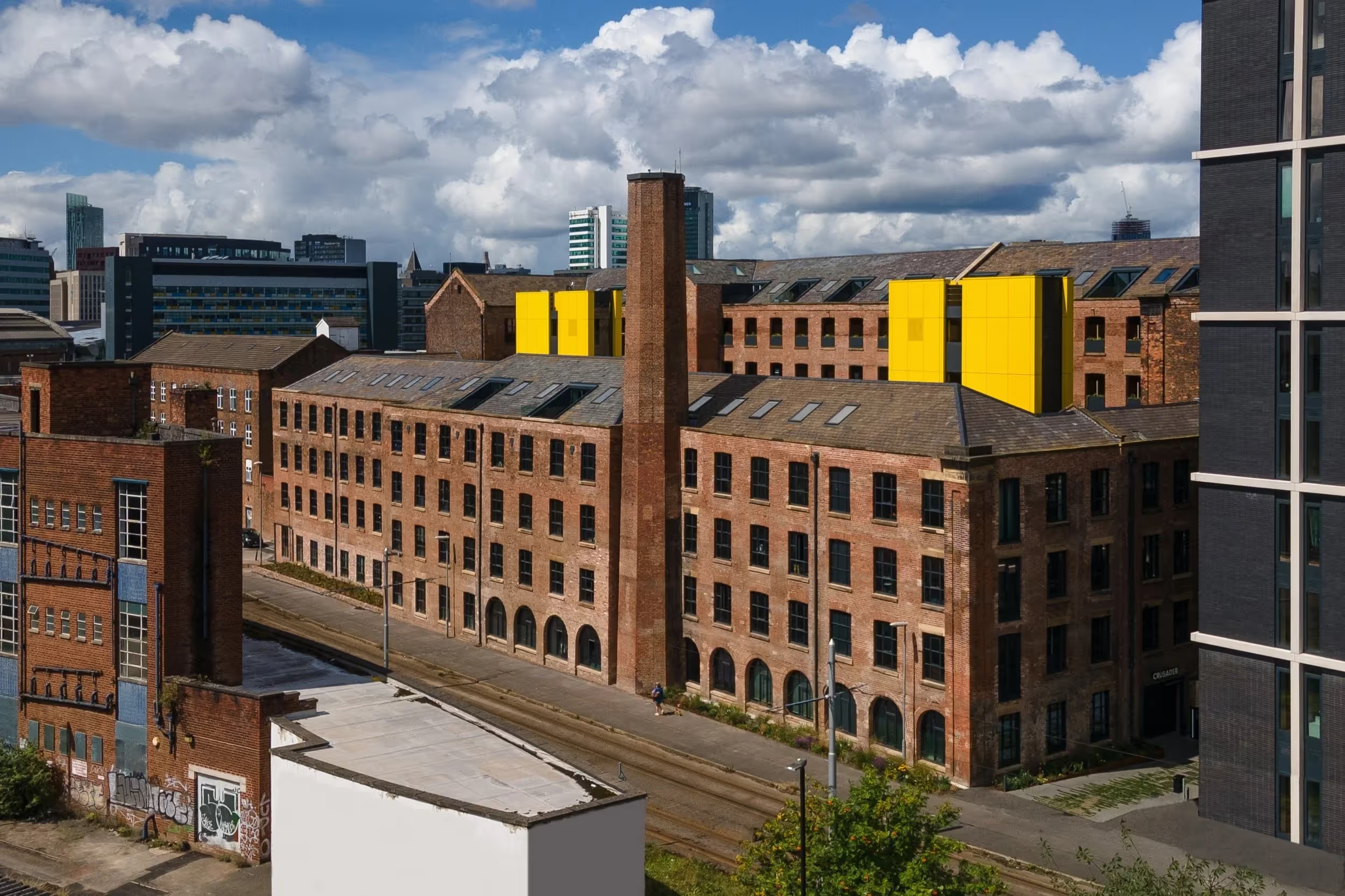
Growing pains
These are thorny issues that will always divide opinion and draw detractors. But these problems existed way before us and no doubt the next generations will be coming up with creative ways to tackle them long after we’re gone.
It’s part of the ebb and flow as the city writes its story. We want to make sure everything we do contributes in a positive way to the history books. We want to keep shining a light on those issues and challenges, to stimulate debate and hold each other to account to create the diverse and inclusive cities of the future.


